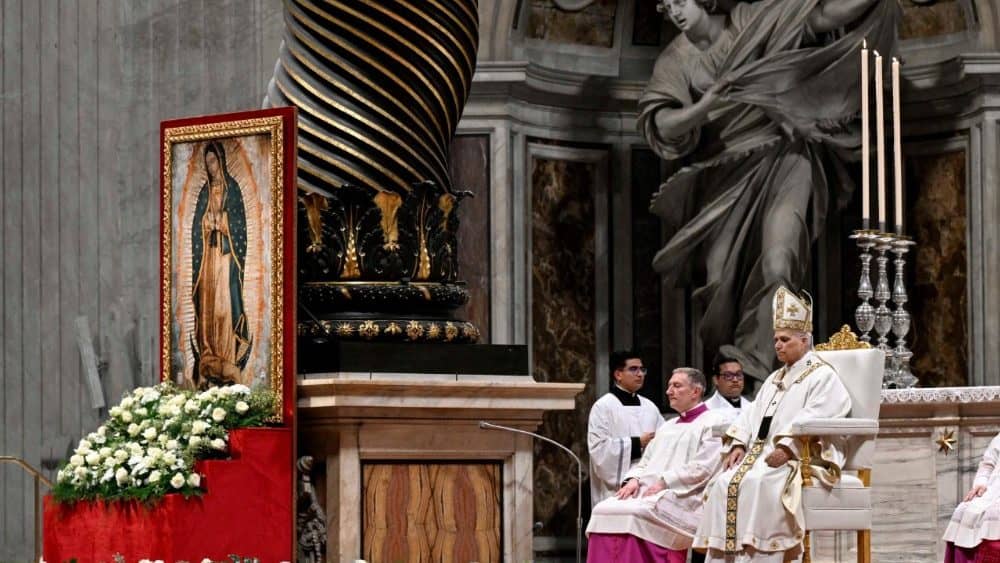WASHINGTON, D.C. — Science education aimed to interest Catholic high school students can be wonderfully informal.
Peter Dodson, a paleontologist at the University of Pennsylvania, introduced himself at lunch at The Catholic University of America by plopping down a resin replica of a dinosaur skull.
“Dug up the original myself in northwest China!” he announced.
Karin Öberg, a professor of astronomy at Harvard University, who was lecturing on cosmology and extraterrestrial life, found herself beset by questions about whether alien life exists on other planets.
She took it in stride: “Maybe they’re just looking at us with wonder and curiosity (and asking) “What’s wrong with you?” she speculated.
The first St. Albert Initiative, sponsored by the Society of Catholic Scientists, drew more than 100 high school students and educators. It was co-sponsored by the Science and Religion Initiative of the McGrath Institute for Church Life and the Lumen Christi Institute, with funding from the John Templeton Foundation.
It is named after St. Albert the Great, bishop, scientist, philosopher, theologian, teacher, and patron saint of natural science and scientists.
Stephen M. Barr, president of the Society Catholic Scientists — he’s an emeritus professor of theoretical particle physics at the University of Delaware — described the Nov. 13 event as tightly targeting education and an event removed from any culture war issues.
“We’re upstream of the culture,” he said in an interview with Catholic News Service. “We’re not interested in getting into … political matters. The need is very great.”
It also was intended as one small way to show young people that their Catholic faith and scientific inquiry are compatible. A 2016 survey by the Center for Applied Research in the Apostolate at Georgetown University indicated that Catholic youths were finding the faith incompatible with the science they learned in high school and college.
Barr himself finds no conflict.
“Both science and faith are ways of explaining how the world works,” he told the group. “Science explains how the world works. Faith explains what the world means.”
“Our faith,” Barr added, “tells us things that make factual claims about the world.”
Barr told CNS that by getting young people to meet scientists in person to freely ask questions, he hoped “to inspire kids to seek careers in science.”
Other topics ranged from earthquakes, dinosaurs and the church’s treatment of scientist Galileo Galilei, put on trial by the Roman Inquisition in 1633 for espousing his belief in heliocentrism — the sun as the center of the solar system.
Galileo was seen as a threat to the authority of the church at a time when it was under challenges from emergent Protestant beliefs. In 1992, the Pontifical Academy of Sciences and St. John Paul II announced that Galileo had been correct all along.
The relaxed atmosphere allowed Öberg to wander into a discourse about whether alien beings are possibly rational beings who have not “fallen” from sin and are therefore invisible to human eyes, and to segue from there to the existence of angels.
“It’s a quite different universe if every planet is a garden,” she observed.
One of the more serious lectures. “What is a human being, and when does life begin?” by Maureen Condic, an associate professor of neurobiology at the University of Utah School of Medicine, also found a way to work in a light note.
“Because development is continuous from one cell up to birth, many people set arbitrary points for when life begins and for when humans have rights,” she said.
For brain maturation, Condic likes to say, “It’s 25 years past birth!”
















